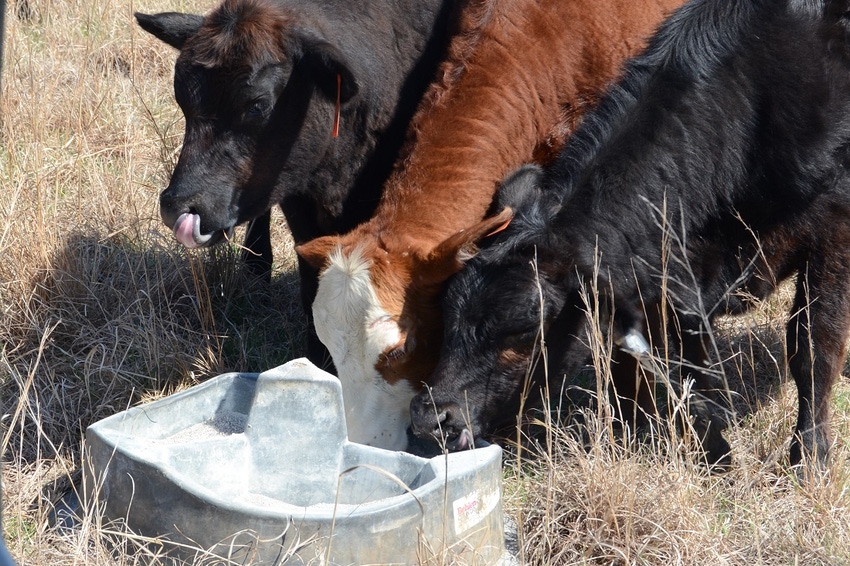
Testing should be done in groups for a statistically accurate sampling, and should involve your veterinarian and pre-test contacts with your state diagnostic laboratory.
Testing should include five to 10 samples per group of similarly treated animals, depending on the size of each overall group. Larger groups might need more samples tested.
Liver samples or biopsies provide by far the most reliable test of copper, says veterinarian and toxicologist Jeffery Hall. They are the best indicator of selenium also, but blood or serum can be used effectively. He explains that liver biopsies are not nearly as serious nor as invasive as most people believe.
Liver samples can be saved and frozen from "normal" animals, such as those you take to slaughter, or they can come from liver biopsies.
Vitamin E levels can be reliably tested with liver or serum testing.
Vitamin A levels can be reliably tested with liver or serum testing.
Read Common problems from mineral deficiencies tomorrow.
Read Value of fixing mineral deficiencies from previously.
Read Three fundamentals of mineral supplementation previously.
About the Author(s)
You May Also Like




